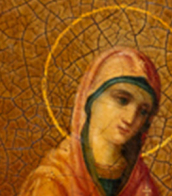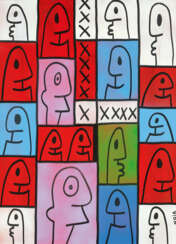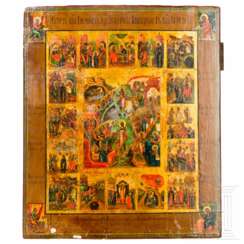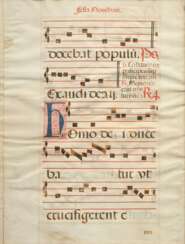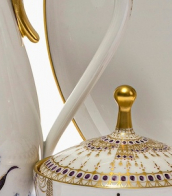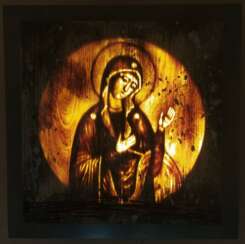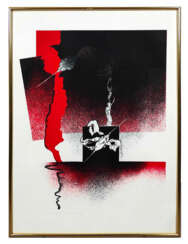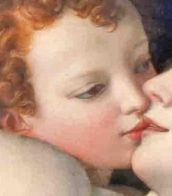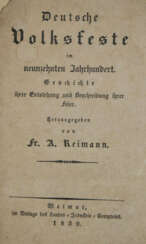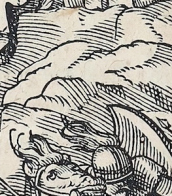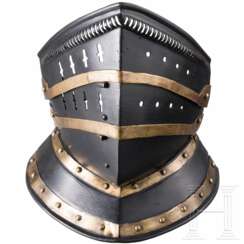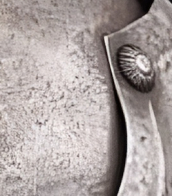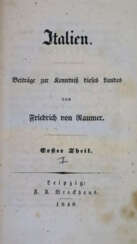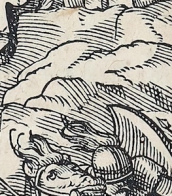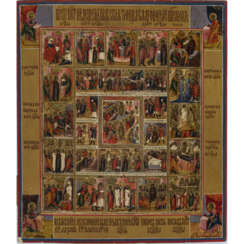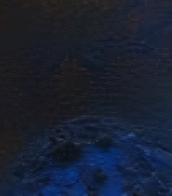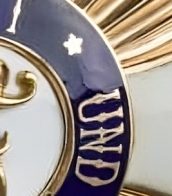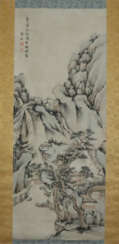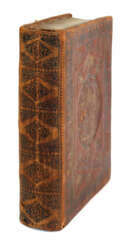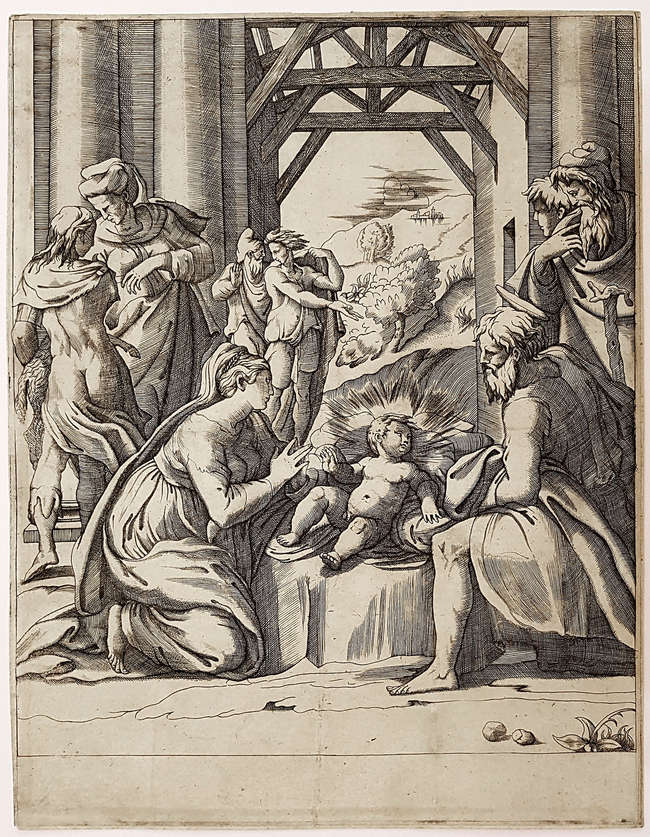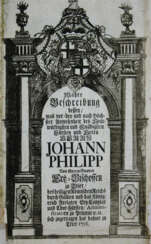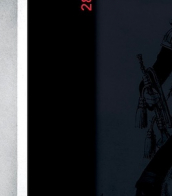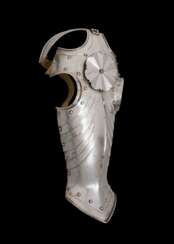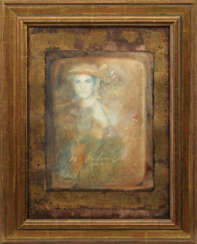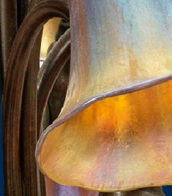228 Items by auctions and galleries:
feste
Lot 316 Thierry Noir. Extra-avantgarde manifeste impressions rythmiques
Thierry Noir (1958) 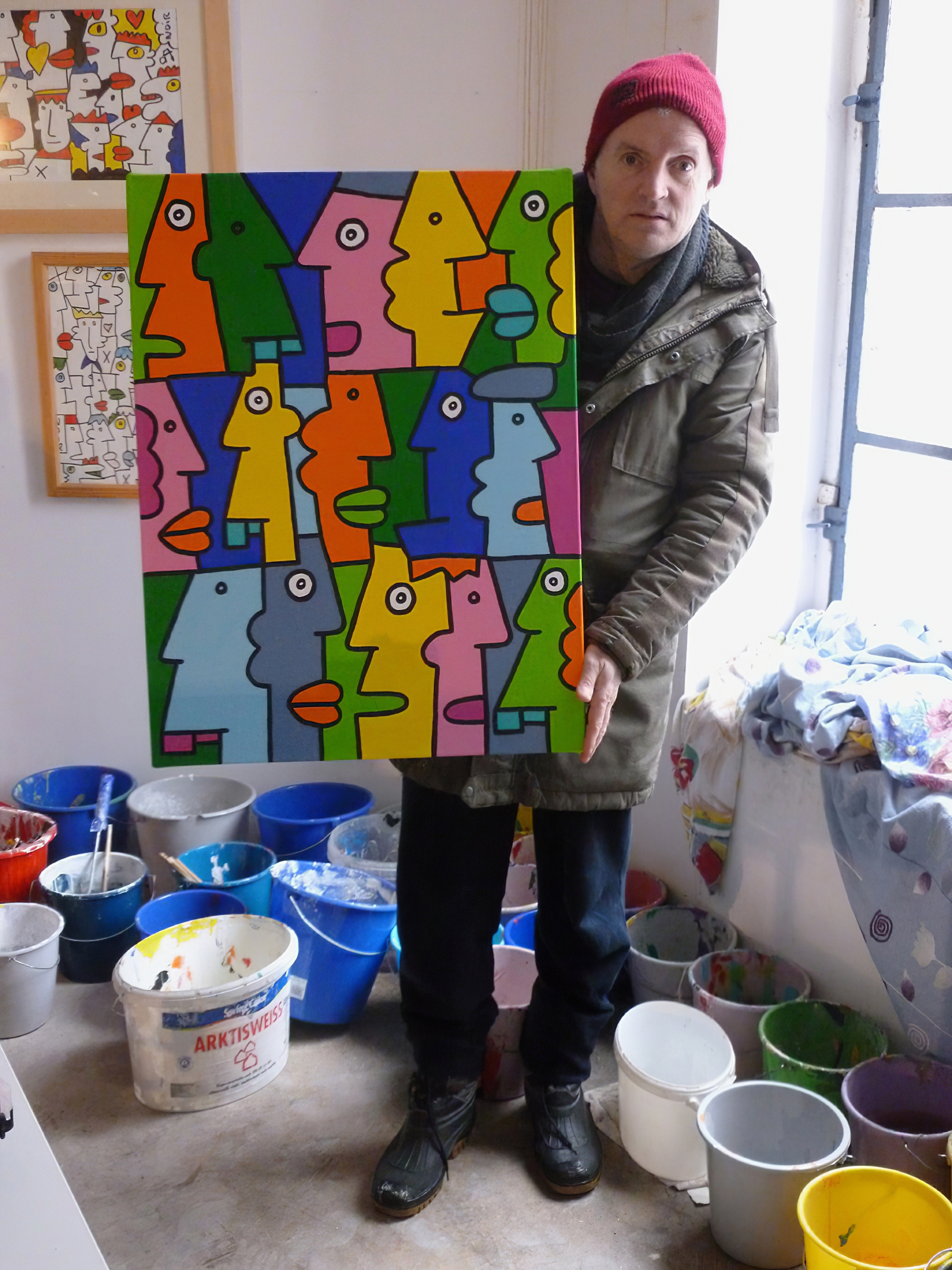 A541: Evening Sale
A541: Evening Sale 

Thierry Noir
03.06.1958
Germany, France
Thierry Noir is a French artist and muralist based in Berlin. He is considered the first artist to paint the Berlin Wall in the 1980s. He created brightly-colored paintings across large spans of the Berlin Wall and some of these original paintings can still be seen on surviving segments of the Wall in art collections and on the East Side Gallery. Noir's work and style are now considered iconic, and Noir is also regarded as one of the forerunners of the street art movement as a whole. He continues to create murals worldwide in cities including London, Los Angeles, and Sydney.

VAN HAM Kunstauktionen GmbH
A541: Evening Sale
Date: 03.12.2025 18:00 UTC +01:00
Number of lots in the catalog: 519
Manifested
Rustam Nazirov (b. 1975)  Shop Nazirov Rustam
Shop Nazirov Rustam

Rustam Nazirov
17.05.1975
Russia
Рустам Назиров родился в 1975 году, в Ульяновской обл. Среднее Поволжье. В 7 лет, вместе семьей переезжаю за Полярный круг, в суровый город, Крайнего Севера, Норильск. Монохромность окружающего пространства воспитало тягу к познанию мира через форму и фактуры, заложив выбор пути скульптора и графика. Начиная с поступления в художественную школу в 1987г., я всегда знал что буду Художником. В 1991 окончив художественную школу, поступаю в Художественное училище города Норильска, Северное отделение. Образованное под патронажем ЮНЕСКО- " Для сохранения самобытного искусства народов крайнего севера.." Приобщение к уникальной культуре Сурового края произошло на базе резьбы по дереву и кости. Окончив училище, скульптором, резчиком по дереву, в 1995 году, поступаю В Поволжский Технологический Институт г. Тольятти. В 2000г получаю высшее образование по специальности Дизайнер. С 2000г Живу и творю в г. Москве.

Artist shop
Nazirov Rustam
Russia
Number of products: 3
Lot 1898 Mersad Berber
Mersad Berber (1940 - 2012) 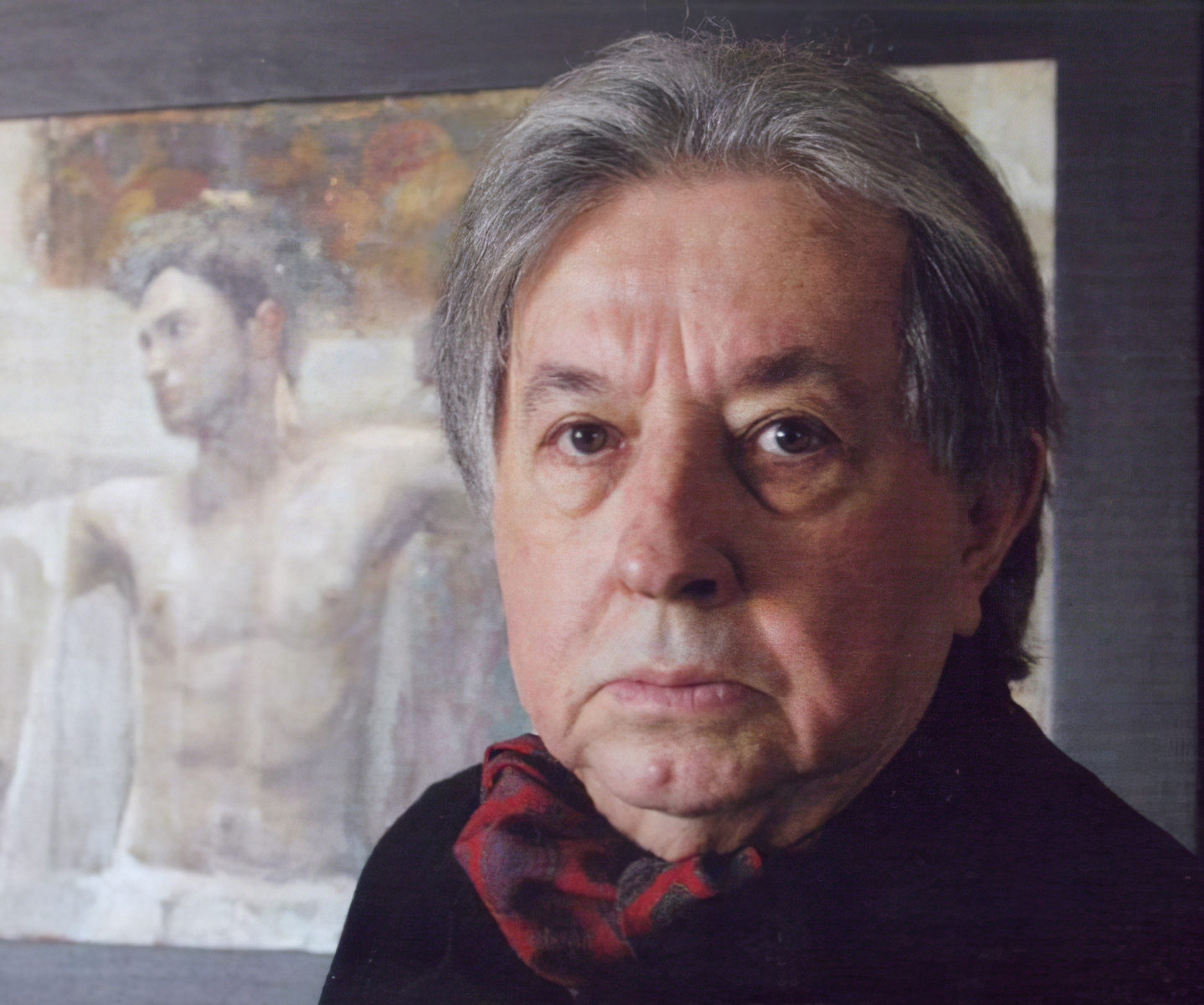 A195: Internationale Kunstauktion — Teil 2
A195: Internationale Kunstauktion — Teil 2 

Mersad Berber
01.01.1940 - 07.10.2012
Bosnia and Herzegovina
Mersad Berber was a Bosnian painter.

Kunstauktionshaus Schloss Ahlden GmbH
A195: Internationale Kunstauktion — Teil 2
Date: 06.12.2025 10:00 UTC +01:00
Number of lots in the catalog: 1053


